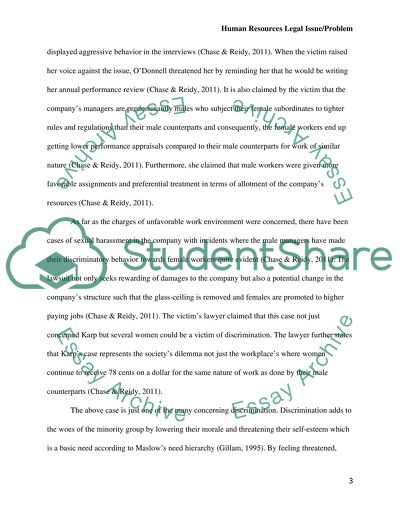Cite this document
(“Human Resources Legal Issue/Problem Research Paper”, n.d.)
Retrieved from https://studentshare.org/law/1443368-human-resources-legal-issue-problem
Retrieved from https://studentshare.org/law/1443368-human-resources-legal-issue-problem
(Human Resources Legal Issue/Problem Research Paper)
https://studentshare.org/law/1443368-human-resources-legal-issue-problem.
https://studentshare.org/law/1443368-human-resources-legal-issue-problem.
“Human Resources Legal Issue/Problem Research Paper”, n.d. https://studentshare.org/law/1443368-human-resources-legal-issue-problem.


